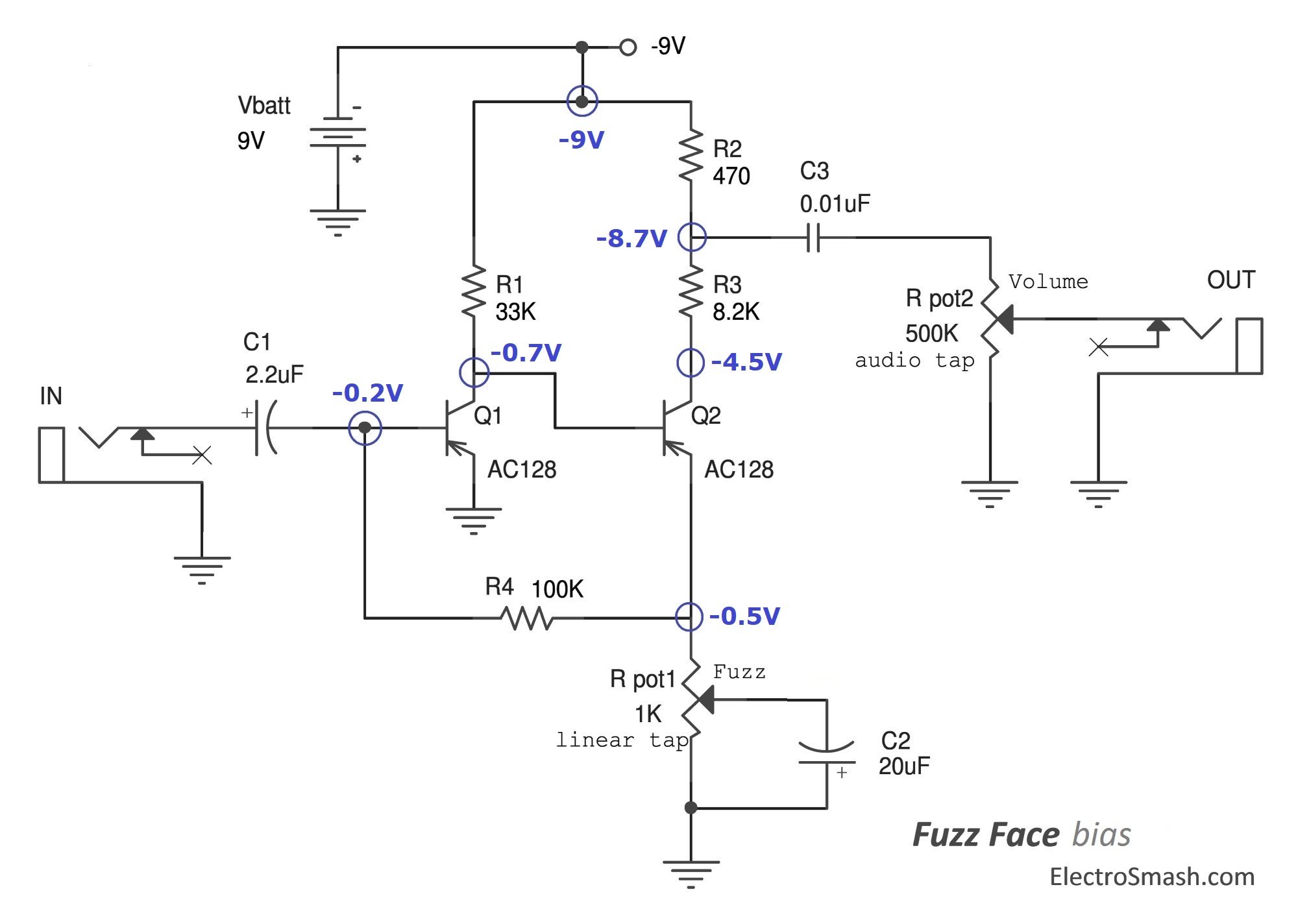

#FUZZ TRANSISTORS SERIAL NUMBER#
In the meantime, if you are the lucky owner of a FZ1, you can give me the serial number and the date of your pedal. This is not an official statement, however, I have emailed Gibson about it, maybe they have more infos to give me. I tried to decipher the year of each serial number. Sometimes pots have been replaced, and the pedal can be hard to date.
#FUZZ TRANSISTORS SERIAL NUMBERS#
Serial numbers of the FZ1: date your pedal easily It has three controls, and a switch for the tone control: you have guessed it, it has almost nothing to do with the original Fuzz Tone! It is closer to a Fender Blender or an Univox Super Fuzz (no octave though). Later on, the FZ1-S model was issued in a huge enclosure, with a very cool looking metallic circle. The circuit is thus quite different, powered by a 9V battery, and the Fuzz does not sound quite the same. Later on, Maestro issued the FZ1-B, which uses silicon transistors. Also, the reissues do not have a serial number engraved.

The serial numbers are also higher (see below).įinally, the FZ1-A was a reissue in 2002, exactly reproducing the circuit and the enclosure, with the same transistors! Fortunately for us, it was manufactured in Nashville, Tennessee, which is written just below the Gibson logo. The location of the factory is written below the Gibson logo. It was first manufactured in the Kalamazoo factory in Michigan, and then, after 1968 (not so sure about the exact date though), FZ1-A were later manufactured in Lincolnwood, Illinois. The name of the model is clearly written on the front of the enclosure, with "FZ-1A" instead of "FZ-1". There was a few change to the circuit: the two 20uF coupling electrolytic capacitors were replaced by 1uF ones, and the second collector resistor was changed to 10k instead of 1.5k, maybe to compensate the lower voltage. It did not use the same transistors (2n2614 instead of the original 2n270), and used only one AA battery! In 1965, the Rolling Stones made it famous, and Gibson issued another model, the FZ1-A. Here are the four main versions of the FZ1 (spot the differences!): You can distinguish between these four version by looking at the front of the enclosure. It is also the more collectible version fo the FZ-1, as only around 5000 units were manufactured (less than the Klon Centaur!). The FZ1 was quite a commercial failure, and Gibson did not make more of them.

Versions and other models The FZ1 was declined in several models. The Fuzz-Tone became then really famous (the hype for guitar effects was already there :) ), and Gibson sold more than 40 000 units later! It also inspired many other manufacturers that begin to create other fuzz circuits like the Tonebender, Fuzz Face.etc. It was used to emulate the sound of a horn, because the Stones did not have horns in their band at the time. Keith Richards did use the FZ1 on the records to make the main riff. The Fuzz-Tone was quite a commercial failure: besides the 5000 units shipped in 1962, Gibson did not sell any other fuzz pedal until 1965! Indeed, in 1965, the Rolling Stones issued "Satisfaction". I do not know how they made the recording, I cannot reproduce any of these sounds at home! This record feels like listening to the really birth of rock.


 0 kommentar(er)
0 kommentar(er)
